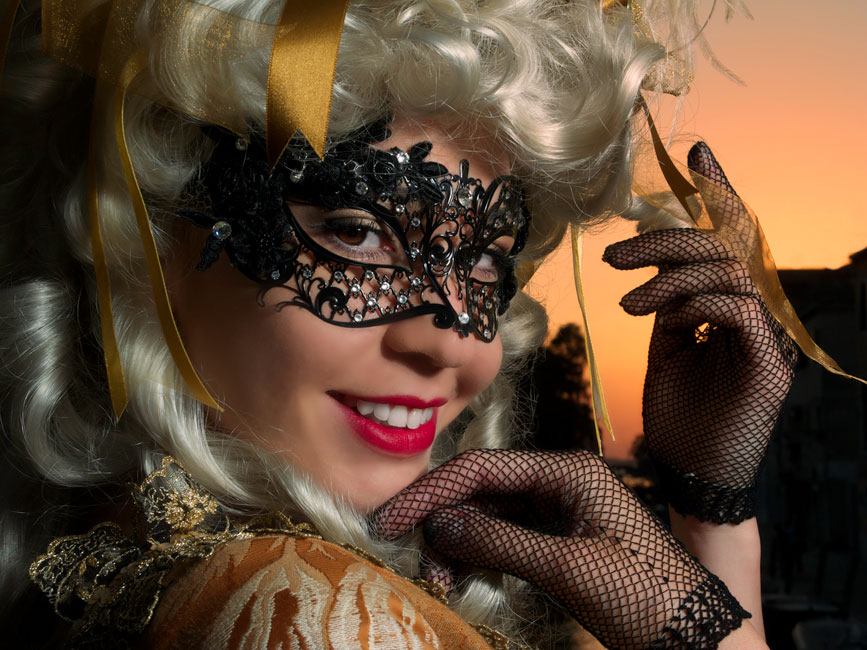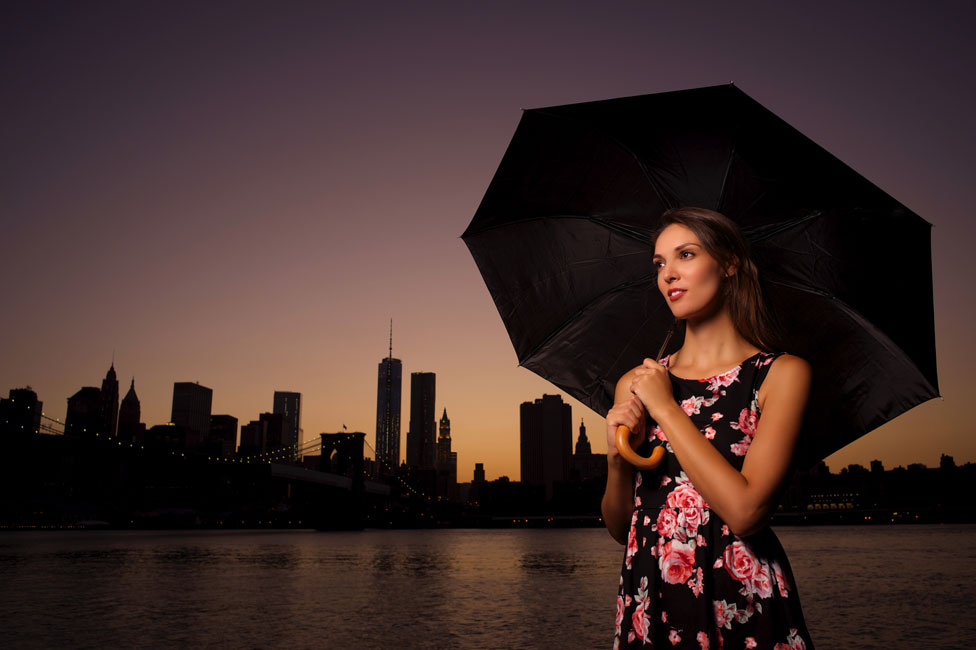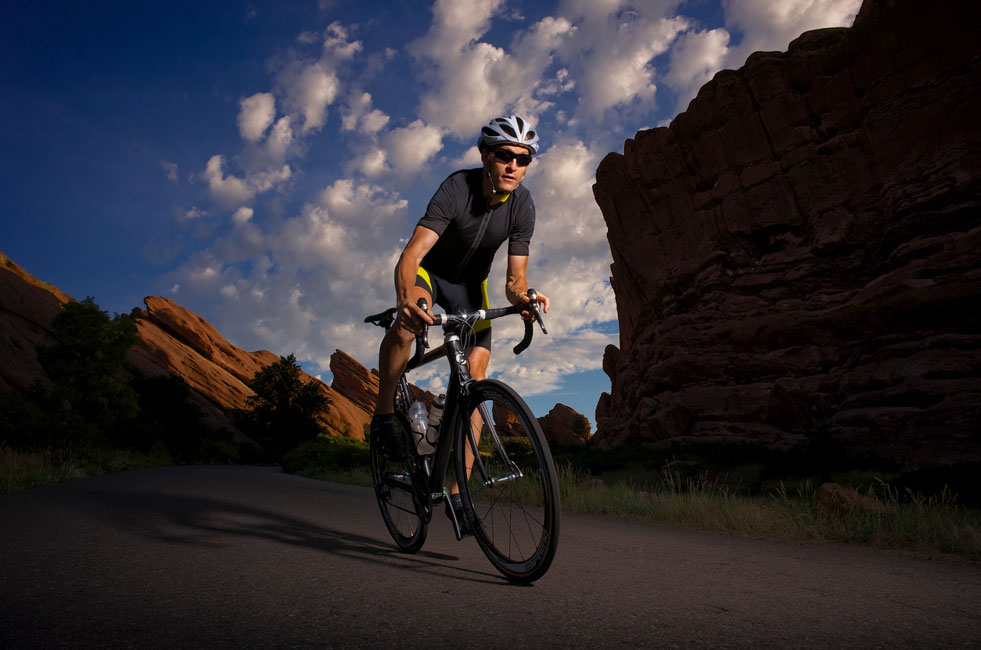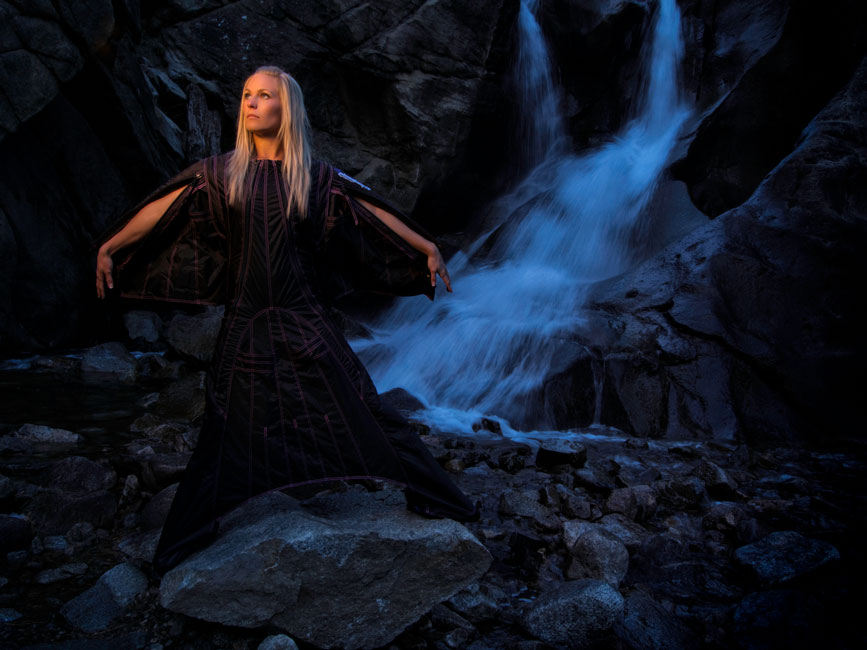COOLPIX Cameras and Cool Lighting with Speedlights
As professional photographer for almost 15 years one of the most common questions I get is: “What camera should I buy?” and my first question in return is: What do you like to photograph?
I love shooting photos, all kinds of photos, I’m always taking photos. But, believe it or not, there are days when I don’t want to carry my DSLR. Don’t get me wrong; I love the performance of my Nikon D4S and D810, but sometimes I like to “take a day off” and just carry a point and shoot.
I love traveling light and fast with just a small COOLPIX camera, an ultra-small camera bag and a Speedlight or two. Currently my go to cameras are the COOLPIX A and the COOLPIX P7800. I love the COOLPIX A’s amazing DX sensor’s low-light performance and I love the super-sharp telephoto zoom on the P7800.
It’s amazing what these little cameras can do! There is so much technology packed into a small space. I love the ability to shoot RAW, change aperture, shutter speed, color balance and even shoot with Nikon Speedlights in such a small package.
Yes! You can use your COOLPIX A and P7800 (there are other models too, but these two are my favorites) with many of the Nikon Speedlights you probably already own. My dear friend and fellow Nikon USA Ambassador, Dave Black, once said: “If you want to take your images to the next level you need to learn how to use lights” and I totally agree.
How does it work?
The easiest way is to just connect a SC-28 cord to the camera’s hot shoe and then connect the SC-28 to one of the Speedlights mentioned above. You can hand-hold the flash off-camera while shooting or mount it to a light stand with the 1/4-20 thread on the bottom of the SC-28. Personally, I like to have the flash setup a little farther away than arm’s length for added visual impact, but the SC-28 makes it super fast and easy.
I generally almost never use on-camera flash as my main light source (key light). On-camera flash is on the same axis as the lens, flattens the subject’s features, and isn't flattering, thus I prefer having the key light be off-camera to add more dimension.
To shoot off-camera Speedlights without using the SC-28 cord I use two Speedlights. First I add a SB-910 to the camera’s hot shoe and set it to MANUAL Flash Mode at around 1/128 power (remember we don’t want the on-camera flash exposing the scene, the on-camera flash is just used to trigger the remote SU-4 mode Speedlight). Note: if you are outside in bright sunlight you may have to up the power a bit.
I generally like to set the camera on MANUAL Exposure Mode and underexpose the scene between 1/2 and one full stop, and then use an off camera Speedlight to properly expose only portions of the frame for added interest.
The next step is to go into the menu on the Speedlight that will be used off-camera and set it to SU-4 Mode. This turns the Speedlight into an optically remote controlled flash unit, meaning that when you push the shutter release button on the camera [to take a photo] the Speedlight on the camera will flash and trigger the off camera Speedlight to flash as well. Next we need to set the remote Speedlight (or Speedlights if you are using multiple flash units) to MANUAL Mode. Set the Speedlight to something around 1/16 or 1/8 power—this is a good starting point. You may need more power or you may need less.
I travel with a small light stand that I can attach a small ball head onto. The ball head has a standard 1/4-20 thread so you can mount it to the base of the Speedlight stand that comes with the flash, then slide the SB-910 on to the stand.
When shooting, I usually start with the background first, choosing something colorful and clean. I’m generally drawn to simple backgrounds that don’t detract from my subject.
Next place the subject in the scene, being careful that there is nothing behind their head that is distracting.
Move the Speedlight/stand as close to the subject as possible without it being in your frame and angle the flash head to point toward their face. You can also manually zoom the head of the Speedlight in and out to control the area of light the flash projects if the Speedlight offers that capability.
Take a test shot. If the subject looks overexposed, turn down the power on the off-camera Speedlight to somewhere like 1/32 power or inversely if the subject is too dark turn up the power to 1/4 or 1/8 power.
Take another test and repeat until you have the desired effect. If you’re shooting a moving subject such as a cyclist, have the subject stand on a mark to shoot the test shot and then have them hit that mark every time they go by.
Now that all the lighting is set, have fun and be creative.
If you’re shooting at sunrise or sunset you may have to change your shutter speed as it gets brighter or darker to maintain your ambient exposure.
You can also use Aperture Priority if the light is changing; just change your exposure compensation to -.7 EV or -1 EV and you will have consistent exposures in the changing light.
One amazing aspect of these cameras is that you can sync your Speedlights up to 1/2000 of a second to freeze the action!









